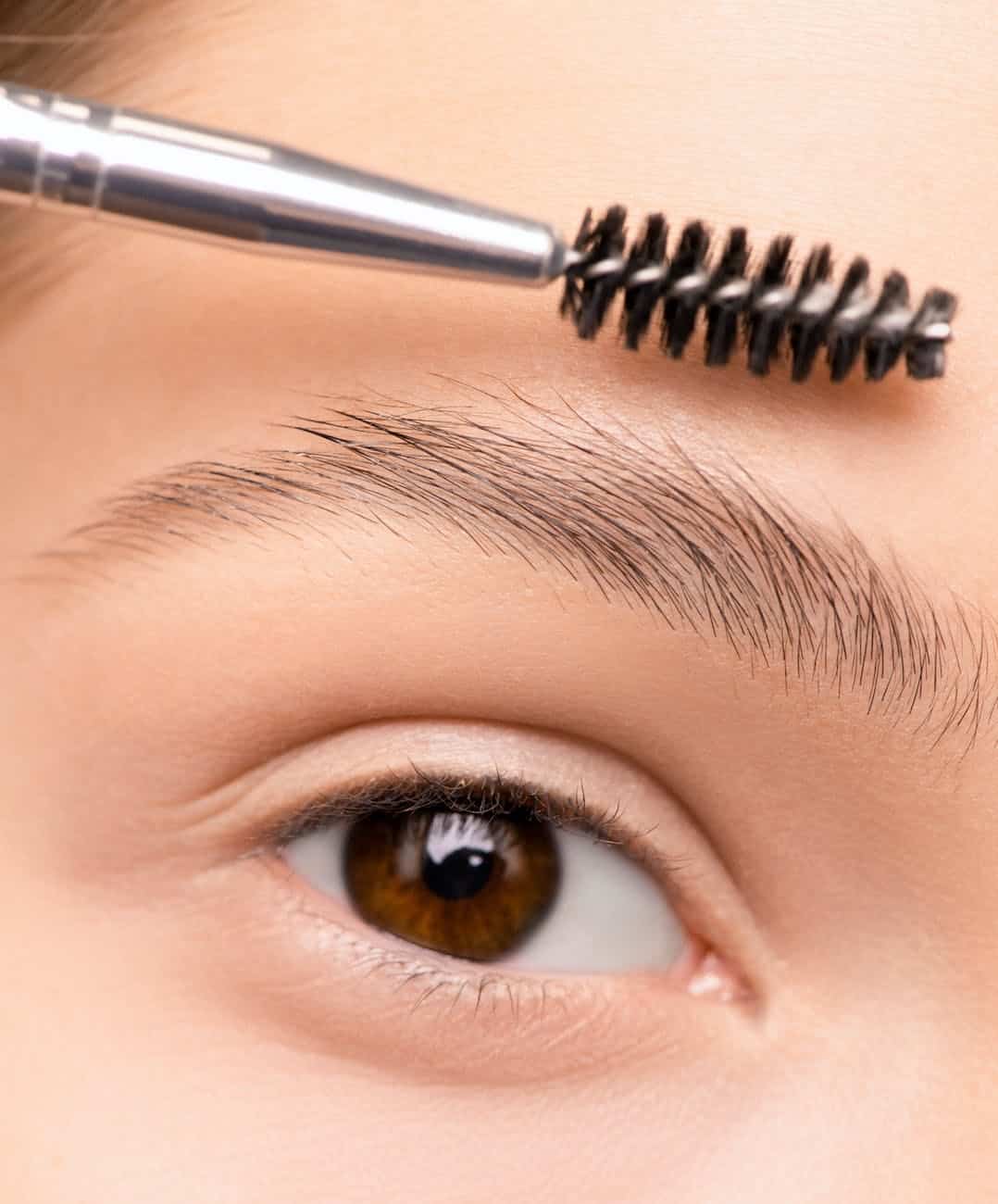In recent years, microblading has gained popularity as a means to get fuller, more defined brows. But before getting microblading done, one of the most frequently asked questions is whether it will hurt. In this post, we’ll examine the many elements that may influence the degree of discomfort experienced during microblading and offer advice for coping with it.
What is Microblading?

In the eyebrow region, microscopic hair-like strokes are produced with a small blade as part of the semi-permanent cosmetic procedure known as microblading. To resemble the look of real brow hairs, the strokes are filled with color, giving the brows a fuller, more defined appearance.
In order to reduce pain, the region is first numbed using a topical anesthetic. The treatment normally lasts between two and three hours. With the right maintenance and touch-ups, the effects can last up to 18 months.
Factors That Affect Pain During Microblading
While having your eyebrows microbladed is generally thought to be a relatively painless procedure, your level of discomfort may differ depending on a few things:
- Pain Tolerance: Everyone’s pain threshold is different, so what might be uncomfortable for one person may not be for another. If you have a low pain tolerance, you may want to consider taking steps to manage discomfort during the procedure.
- Menstrual Cycle: Hormonal changes during your menstrual cycle can affect your pain tolerance, so it’s important to keep this in mind when scheduling your appointment.
- Skin Sensitivity: If you have sensitive skin, you may experience more discomfort during the procedure. It’s important to let your microblading artist know if you have any skin sensitivities or allergies before the procedure.
- Location of the Procedure: The area of the eyebrow being worked on can also affect the level of pain. The closer the area is to the bone, the more uncomfortable it may be.
- Artist Experience: The level of experience and technique of the microblading artist can also affect the level of discomfort during the procedure. Experienced artists will be able to work quickly and efficiently, minimizing discomfort for the client.
Managing Discomfort During Microblading
While every person’s experience with microblading will be unique, there are a few things you can do to minimize pain while getting the procedure done:
- Take Pain Medication: Over-the-counter pain medications like ibuprofen or acetaminophen can help to reduce discomfort during the procedure. It’s important to talk to your doctor before taking any medication, especially if you have any pre-existing medical conditions.
- Use Numbing Cream: Many microblading artists use a numbing cream or gel to help reduce discomfort during the procedure. It’s important to follow the artist’s instructions for applying the cream and to let them know if you experience any unusual sensations.
- Practice Relaxation Techniques: Deep breathing, meditation, and visualization techniques can all help to reduce anxiety and manage discomfort during the procedure.
- Communicate With Your Artist: If you experience any discomfort or pain during the procedure, it’s important to let your microblading artist know. They may be
- able to adjust their technique or take a break to give you time to rest and recover.
- Stay Still: It’s important to remain still and avoid moving or twitching during the procedure. This will help to ensure that the strokes are precise and will also reduce the risk of additional discomfort or pain.
- What to Expect After the Procedure
- After the procedure, it’s normal to experience some redness, swelling, and tenderness in the eyebrow area. This is typically mild and should subside within a few days.
- It’s important to follow your microblading artist’s aftercare instructions to ensure that the results are long-lasting and that the healing process is smooth and uneventful.
Conclusion
To have fuller, more defined brows, microblading can be a terrific option, but it’s crucial to be ready for some discomfort during the treatment. You may make the microblading treatment as comfortable and stress-free as possible by being aware of the variables that can impact pain and taking action to manage discomfort.
To achieve the finest results, keep in touch with your microblading artist and heed their aftercare recommendations. Microblading may be a lucrative and joyful experience with the proper planning and maintenance.
FAQs
Is microblading painful?
While everyone’s experience with microblading will be different, most people report that the procedure is relatively low-pain. The area is typically numbed beforehand with a topical anesthetic to help minimize discomfort. Some people may experience mild discomfort or pressure during the procedure, but this is usually temporary.
How long does the discomfort last after microblading?
It’s normal to experience some redness, swelling, and tenderness in the eyebrow area after microblading. This typically lasts for a few days and can be managed with over-the-counter pain medication and by following your microblading artist’s aftercare instructions.
Can I wear makeup after microblading?
It’s important to avoid wearing makeup or getting the eyebrow area wet for at least 10 days after microblading to allow the area to heal properly. Once the area has fully healed, you can resume your normal makeup routine.

